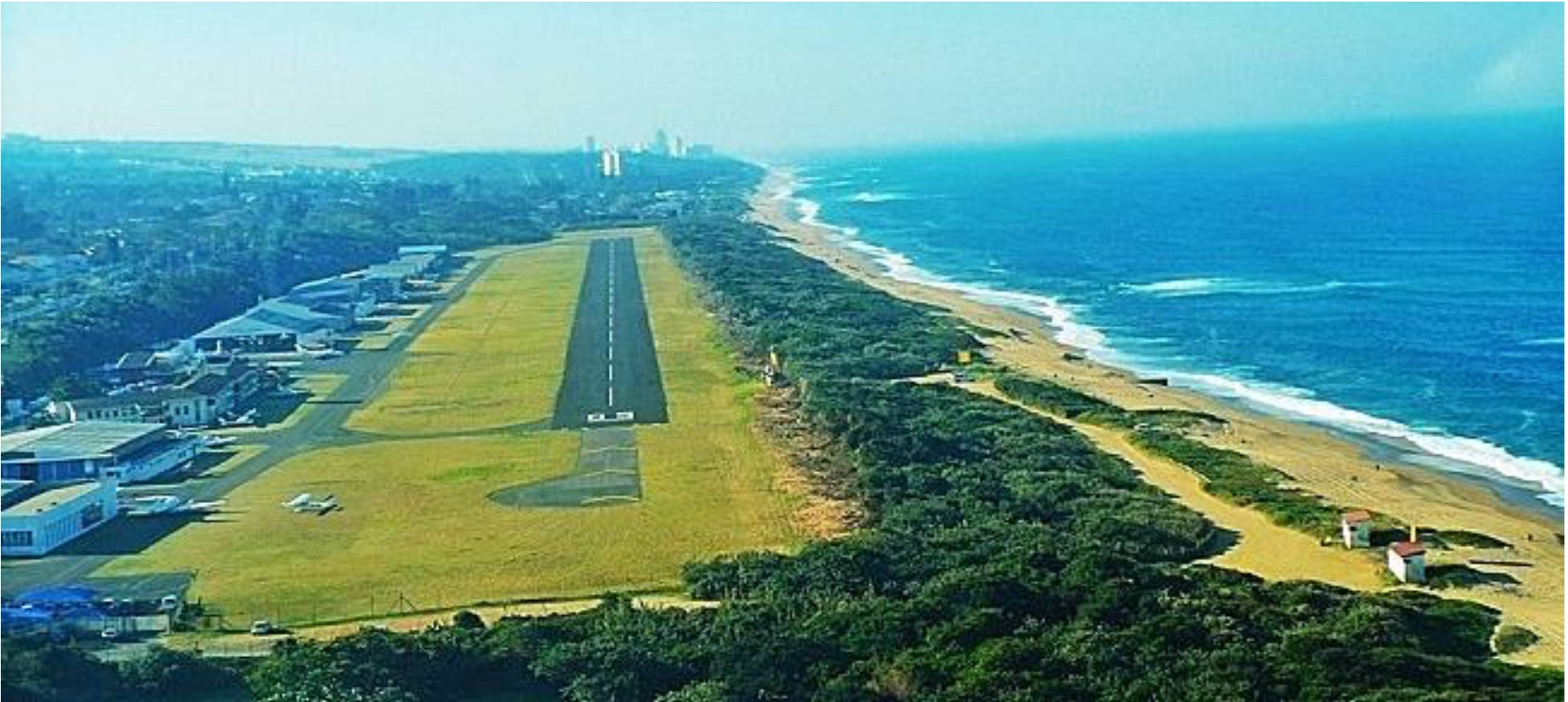The World Health Organisation has been asked to publicly confirm the threat posed to health by the trade in wildlife, Laura du Toit reports.
First published in GroundUP
Conservationists have welcomed the Chinese government’s ban on consumption of wild animal products, but have voiced concerns it may drive sales underground.
This emerged during an online meeting of many international conservation organisations, hosted by the South African-based Blood Lions team this week.
Evidence suggests humans may have contracted the coronavirus from consuming endangered species, which may have picked up the disease from bats.
Research on the link is not conclusive, but in February it prompted a standing committee of the Chinese National People’s Congress to agree to a “complete ban of illegal wildlife trade and the elimination of the unhealthy habit of indiscriminate wild animal meat consumption”.
Dr Louise de Waal, campaign manager for Blood Lions, said this was a step in the right direction, but the committee had overlooked “special circumstances” which allowed for the use of wild animals for scientific research, medical use, and display.
“This could mean that the use of lion bones for traditional Chinese medicine be made exempt from the wildlife consumption ban,” said De Waal.

Canned lions
Blood Lions, both the title of the 2015 documentary on canned lion hunting and a coalition against captive lion breeding, hosted Tuesday’s meeting.
It was one of 240 conservation organisations that sent an appeal to the World Health Organisation (WHO) to publicly confirm the threat of wildlife markets to human health.
The letter was followed by the meeting, open to the public Twitter and timed to coincide with World Health Day.
The meeting was to explore links between Covid-19 and the wildlife trade.
De Waal and Nicola Gerrard, a Blood Lions director and marketing campaign manager, called for a permanent ban on wildlife markets.
They also wanted an end to wild animal parts being used in traditional medicine – a view supported by the signatories to the WHO letter.
Meeting participants agreed it was disappointing it had taken the coronavirus, a pandemic that has claimed over 77 000 lives, to awaken the world to the dangers wildlife markets posed to humans.
De Waal maintained this was foreshadowed by the 2002 outbreak of Severe Acute Respiratory Syndrome (SARS), which was a part of the coronavirus family and also emerged from wildlife markets in China.
De Waal and Buyi Makhoba, of not-for-profit Wildlands South Africa, agreed that governments needed to re-evaluate how wildlife markets were putting human lives at risk and that stronger laws were wanted to prevent further epidemics.

Concerns
But some concerns were expressed about how a ban might play out.
Dr Simon Morgan, of Wildlife ACT, said: “If they ban the trade outright and don’t provide effective enforcement there is the risk of pushing trade underground, where dangerous conditions probably could become even worse.”
Morgan said at the very least, governments should acknowledge the potential threat to human health from wildlife trade, and close or limit such trade to mitigate risks.
Earlier, Morgan, who co-founded Wildlife ACT to help natural reserves monitor game, cited an article from the journal Nature which traced the possible spread of Covid-19 from pangolins sold at the Wuhan wet market.
Wuhan is the capital of the Chinese province of Hubei, which was at the centre of the outbreak of the virus after it was detected there in December.
Morgan explained that a “high variety of wildlife are displayed in open cages, and were selected by customers” at the market, “following which they are slaughtered on site”.
Infections
The consensus from the meeting was that the range of species in a wet market exposed people to higher chances of infection.
Mark Jones, of the Born Free Foundation, reminded participants of the outbreak of SARS a number of years ago. The disease has been linked to wildlife markets and was related to coronavirus.
This pointed to the threat to humans hidden within the wild animal trade, said Jones.
The foundation he represents is an international wildlife charity that campaigns to “keep wildlife in the wild”.
Concerns were also raised about the WHO’s policies, which it was said contained a number of discrepancies.
According to Megan Carr, of the EMS Foundation, an organisation committed to advancing the rights of wild animals, the WHO had previously condoned the use of wild animal parts in its Traditional Medicine Strategy.
The strategy, for the period 2014 to 2023, recognised the value of “ingredients that are not of plant origin” in traditional healing, while emphasising the importance of protecting consumer health.
Wet market threat
However, Carr said it overlooked the threat of wet and wildlife markets, where EMS believed viruses bred.
WHO was contacted for comment, but this was not available at time of publication.
Also in the meeting was Christopher Porter, a photographer from the United Kingdom.
He cited a National Geographic report report which said the Chinese government had recommended Tan Re Qing, an injection containing bear bile, to treat coronavirus cases.
But ursodeoxycholic acid produced in the liver of various bear species cannot cure coronavirus, the article said.
The acid has at best been shown to alleviate Covid-19 symptoms thanks to its ability to calm the immune response due to its anti-inflammatory properties.
However, as a synthetic version has been commercially produced for decades, there was scant justification for the trade in bears. This was just one of many examples raised in the article of wild animal parts being used in traditional medicine, rhinoceros’ horn being perhaps the most infamous.
The irony of wildlife products being used to treat a virus that emerged from wildlife markets was palpable. – Roving Reporters
• Laura du Toit is a Rhodes journalism student enrolled on Roving Reporters training project, Developing Environmental Watchdogs – an initiative supported by the Human Elephant Foundation.

Lion trade could spread disease, say campaigners
Blood Lions, an international campaign that emerged from a South African documentary that blew the lid on canned lion hunting, is concerned that wildlife markets are poorly regulated and unhygienic.
“The circumstances under which wild animals are typically farmed or collected from the wild, transported to and held at such markets are far from ideal,” said Blood Lions campaign manager, Dr Louise de Waal.
“Overcrowded conditions with different species held in close proximity and onsite slaughter, cause immense stress on the animals weakening their immune systems. All this, coupled with the presence of people at wildlife markets, provides the ideal environment for pathogens to spreadm,” said De Waal.
She said South Africa could inadvertently export bovine tuberculosis (TB) through the export of lion bones.
“Bovine TB is found in wild and captive lions and the risk of zoonosis is very real, not only for people in South East Asia directly involved in the consumption of lion bones products, but also for workers at the breeding farms and lion abattoirs in South Africa.”
The official figure for the number of lions bred in captivity in South Africa, both for tourism and hunting purposes, and to meet the demand in Asia for lion bones, stands at 7,979.
“However, due to the unregulated nature of this industry, we estimate that captive lion population ranges between 10,000 and 20,000,” said Blood Lions director, Nicola Gerrard.
“Every single day in South Africa captive bred or tame lions continue to be killed in canned hunts and hundreds more are slaughtered annually for the lion bone trade to Asia,” reads the Blood Lions website. – Roving Reporters

Click on image below to read more stories in our series of Coronavirus Chronicles












